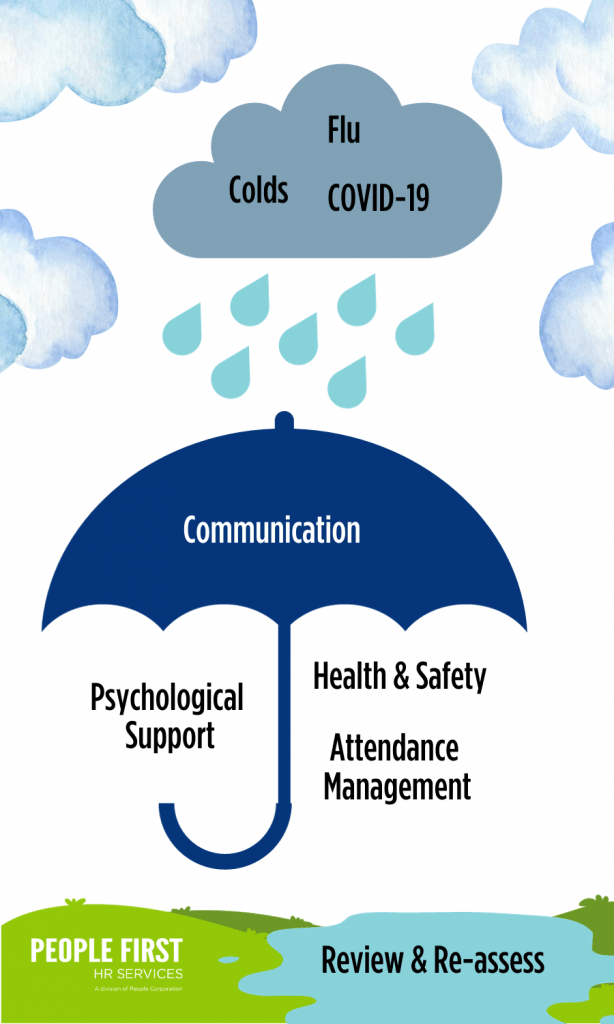by Misty Fraser, CPHR, Career Consultant
In today’s competitive job market, attracting top talent requires more than just listing qualifications and responsibilities. HR professionals and business leaders are increasingly turning to AI tools to craft compelling and optimized job descriptions and job postings that stand out. This article explores how AI can enhance both the job description and job posting processes, ensuring you not only reach but engage the right candidates.
The Role of AI in Job Descriptions and Job Postings
Artificial Intelligence has revolutionized many aspects of HR, from recruitment to employee engagement. When it comes to job descriptions and job postings, AI can assist in several key areas:
- Keyword Optimization
- Bias Reduction
- Converting Internal Descriptions to External Job Postings
- Competitive Job Posting Analysis
Keyword Optimization
AI tools such as ChatGPT, Textico and Grammarly can analyze job descriptions and job postings to ensure they include the right keywords. This optimization is crucial for improving search engine rankings and ensuring the job posting reaches a broader audience. By identifying and incorporating industry-specific terms and skills, AI helps ensure your job descriptions and postings align with what potential candidates are searching for.
Bias Reduction
One of the significant challenges in crafting job descriptions and postings is eliminating unconscious bias. AI tools can help identify and neutralize biased language, ensuring your job postings are inclusive and appealing to a diverse talent pool. This can lead to a broader and more qualified candidate base, enhancing your chances of finding the right fit.
Tip: Consider using AI tools like Textio and Gender Decoder to scan for gender-coded language or any terms that may discourage diverse applicants.
Converting Internal Descriptions to Engaging External Job Postings
Many companies struggle with transforming detailed internal job descriptions into engaging external job postings. AI can streamline this process too, ensuring that the essential responsibilities and qualifications are communicated effectively to potential candidates increasing engagement and quality applications.
Keep these tips in mind when creating your job posting:
- Extract Key Responsibilities and Skills: AI tools can analyze internal job descriptions to extract the most important responsibilities and skills. An effective job posting is not a long list of responsibilities!
- Optimize for Engagement: AI tools can also enhance the language to make it more engaging and appealing to job seekers. This is your opportunity to differentiate yourself from your competitors.
- Ensure Clarity: Simplify technical jargon and use bullet points for clarity, making the job posting accessible to a wider audience.
ChatGPT Prompt Example:
I am an HR professional looking to convert our internal job description into an engaging and effective external job posting. Here are the specific details:
Internal Job Description:
[Insert your internal job description here]
Conversion Criteria
- Simplify Technical Jargon: Translate complex technical terms into simpler language that is easily understood by a broader audience.
- Engagement: Use action-oriented and engaging language to attract potential candidates.
- Clarity: Ensure the job posting is clear, concise, and easy to read. Use bullet points where appropriate.
- Inclusive Language: Use inclusive language to appeal to a diverse pool of candidates.
- Company Culture and Benefits: Highlight the company’s culture, values, and any unique benefits to make the job posting more appealing.
- Call to Action: Include a compelling call to action, encouraging candidates to apply.
Competitive Analysis
Understanding how your job postings compare to those of competitors is crucial. AI can perform a comparative analysis, providing insights into how your job postings stack up against similar roles in the market. This can help you identify areas for improvement and ensure your job postings are competitive and compelling.
Steps to Perform Competitive Analysis
- Identify Key Competitors: Determine who your main competitors are in the industry. Look at companies that are hiring for similar roles.
- Gather Job Postings: Collect job postings from these competitors. You can use job boards, company career pages, and LinkedIn for this purpose.
- Analyze Language and Structure: Use AI tools like ChatGPT to analyze the language, structure, and tone of these job postings. Look for common keywords, required skills, and the overall style.
- Benchmarking: Compare the findings with your job postings. Identify gaps and areas where your postings can be more competitive and engaging.
- Continuous Improvement: Regularly update your job postings based on ongoing competitive analysis to ensure they remain relevant and attractive to potential candidates.
ChatGPT Prompt Example:
I am an HR professional looking to improve our job postings to better attract top talent. Please help me analyze and compare our current job posting with those of our key competitors. Here are the specific details:
- Our Job Posting:
- [Insert your current job posting here]
- Competitor Postings:
- Competitor 1: [Insert the job posting from Competitor 1 here]
- Competitor 2: [Insert the job posting from Competitor 2 here]
- Competitor 3: [Insert the job posting from Competitor 3 here]
Analysis Criteria:
- Keyword Usage: Identify and compare the keywords used in our job posting versus the competitors.
- Language and Tone: Compare the language and tone used in our job posting and suggest improvements.
- Inclusivity: Identify any biased language in our job posting and suggest more inclusive alternatives.
- Engagement: Assess the overall engagement level of our job posting compared to competitors and provide suggestions for improvement.
Conclusion
AI is transforming the way HR professionals create job descriptions and postings, making the process more efficient, inclusive, and targeted. By leveraging AI tools, you can ensure your job descriptions and job postings attract the right candidates, stand out in a competitive market, and reflect your commitment to diversity and inclusion. Embracing AI is not just a trend but a strategic move to enhance your recruitment efforts and secure top talent. If you are looking for additional support in this area, contact our team to learn more.


